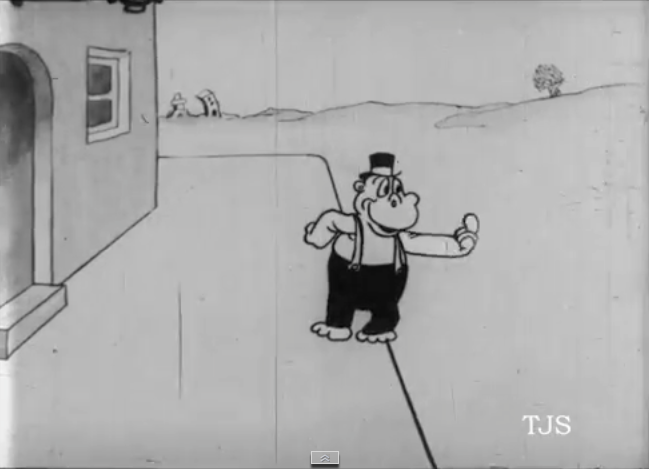I had a wonderful Christmas but there was a lot to digest and it may be a few days or weeks before I can post about it. In the meantime here's something I reminisced to my kids about when they were here. It's an account of things I witnessed when I was a little kid in the 50s.
I was just a dimwitted kid in those days but even I could sense that it was a good time to be alive.
WWII vets must have dreamed of having their own house while they were freezing in foxholes, and in the 50s that dream became a reality for millions.
People were proud of their new lives and they liked to have their pictures taken with symbols of prosperity. Here's (above) one symbol: formal clothes for kids, the kind that make little boys look like ventroloquist dummies. When I was forced to wear them I'd pray that other kids wouldn't see me.
Believe it or not, parents initially wanted their kids to watch TV. They thought it was educational. Haw! That didn't last long!
It must have been a great time to be a Dad.
It was the era of The Bombshell, the cinematic vamp who could turn men into drooling idiots.
The most worldly suburban women imitated the bombshells, I'm guessing by stuffing socks into their bras. It was only years later that I discovered that breasts don't naturally point straight up when women recline.
Anyway, I didn't pay much attention to bombshell movies. I preferred the fare at the local kiddie matinee. This Theory Corner blog owes a lot to what I learned while watching sci fi in the dark.
It's worth mentioning that suburbia wasn't just for the middle class. Newspapers were always running articles about how it would soon be a feasible choice for anyone who could swing a loan for a few thousand bucks. Pre-fab was supposed to make it possible. Later on pre-fab fell into disrepute...I don't know why.
Once you had a house, the next step was to save up for a tail fin car. Check out this (above) Plymouth Belvedere convertible, just the thing to drive to...
....the local Twist party! How do you like this room (above)? It looks like something out of Wally Wood. It only lacks driftwood sculpture and a mobile!
Actually few people in the 50s had a whole house full of furnishings that were up to date. My house was full of Art Deco with only a few 50s pieces. By the time we completely updated to 50s "moderne" it was the 60s and it was considered passe.
Yes, the 50s suburbs were pretty darn good but that didn't stop dreamers from imagining something even better.
That something better was flying cars which every kid from that era desperately wanted. I think we're all traumatized because we didn't get them.
So what happened to all this? Well, it's still with us in many ways, but people are a bit different now.
Now we all like to think of ourselves as rebels.
BTW: Thanks to Steve for the great photo of Diana Dors.























































